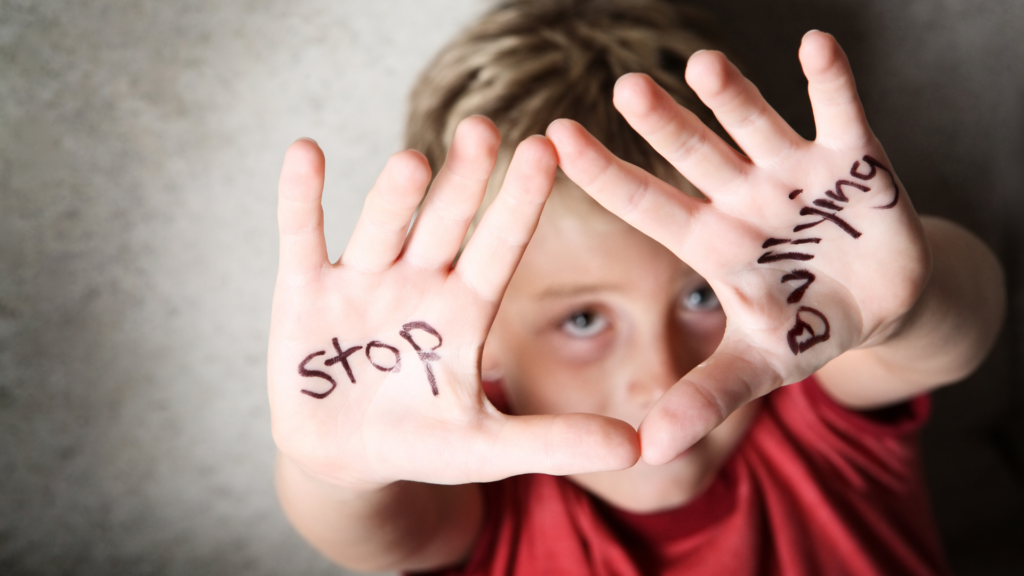Getting along in the workplace can be tough, and many people wonder if they’re behaving the right way at work. One particularly important aspect to reflect on is whether one’s actions may be perceived as bullying. Bullying at work is a serious issue that can negatively impact both individuals and the overall workplace environment. We will explore signs that may indicate if you’re unknowingly engaging in bullying behavior and offer strategies for fostering a more positive and respectful workplace.
Recognizing Bullying Behavior:
Examine Your Communication Style:
Pay attention to how you communicate with your colleagues. Are you consistently assertive, or do your interactions lean towards aggression? Bullying often involves the use of harsh language, humiliation, or constant criticism.
Feedback and Constructive Criticism:
Consider how you provide feedback. Are your comments constructive and aimed at improvement, or do they come across as personal attacks? Genuine constructive criticism fosters growth, while constant negativity can be demoralizing.
Power Dynamics:
Evaluate the power dynamics in your interactions. Are you using your position to control or manipulate others? Bullying often involves exploiting perceived imbalances in power, leading to an unhealthy work environment.
Isolation and Exclusion:
Reflect on whether you contribute to a culture of inclusivity or exclusivity. Bullying behavior often manifests through isolating or excluding certain individuals, creating a toxic atmosphere.
Empathy Check:
Assess your level of empathy towards colleagues. Bullying is often associated with a lack of empathy and understanding. If you find yourself indifferent to the feelings of others, it may be a red flag.
Strategies for Change:
Self-Reflection:
Take the time to reflect on your behavior regularly. Consider the impact your actions may have on others and be open to feedback from colleagues.
Seek Feedback
Actively seek feedback from your peers and superiors. Honest conversations about your behavior can provide valuable insights and help you identify areas for improvement.
Develop Emotional Intelligence
Work on enhancing your emotional intelligence. This includes understanding and managing your emotions effectively, as well as recognizing and empathizing with the emotions of others.
Effective Communication Training
Consider participating in communication or conflict resolution training. These programs can equip you with the skills to communicate assertively while maintaining a respectful tone.
Apologize and Make Amends
If you realize that you’ve engaged in bullying behavior, take responsibility for your actions. Apologize to those affected and demonstrate a commitment to change through your future conduct.
Acknowledging the possibility that you may be exhibiting bullying behavior is a crucial step towards creating a healthier workplace environment. By actively reflecting on your actions, seeking feedback, and taking steps to improve your communication and interpersonal skills, you can contribute to fostering a workplace culture that values respect, empathy, and collaboration. Remember, positive change starts with self-awareness and a commitment to personal growth.
PS. Join our FREE webinar on “When Intersectionality and Toxic Behavior Intersect: Managing Toxic Behavior as it Relates to Race, Sex, and Gender” on November 29th, 10am PST/ 1PM EST.
Written by: Cleo Tubon



